Chapter 1. Emerging techniques in biological sciences
Chapter 2. Molecular basis of animal systematics including barcoding
Chapter 3. Mitochondrial DNA: a tool for elucidating molecular phylogenetics and population
Chapter 4. Somatic cell nuclear transfer in cellular medicine and biopharming
Chapter 5. Animal cloning: perspectives for futuristic medicine
Chapter 6. CRISPR/Cas9 system and prospects in animal modeling of neurodegenerative diseases
Chapter 7. Semen quality biomarkers for improvement of production in livestock
Part B: Animal modeling and its applications
Chapter 8. Animal models and their substitutes in biomedical research
Chapter 9. Experimental models for investigating the pathogenesis of heart failure
Chapter 10. Animal models of inflammatory musculoskeletal diseases for tissue engineering and regenerative medicine: updates and translational application
Chapter 11. Selection of experimental models mimicking human pathophysiology for diabetic microvascular complications
Chapter 12. Exploration on different animal models used in drug-induced adverse reactions research; current scenario and further prospectives
Chapter 13. Animal models for hepatoxicity
Chapter 14. Drosophila embryo as experimental model: lessons learnt from genes in axis formation
Part C: Animal diversity and conservation
Chapter 15. Exploration of biological science in extreme environment: an Indian experience at the Arctic
Chapter 16. Parlance of insect systematics: from classical to molecular—the journey has been long
Chapter 17. Parasites in a changing world
Chapter 18. Ambient ecological conditions of the Gangetic dolphin- Platanista gangetica gangetica of river Ganga, between Varanasi to Farakka
Chapter 19. Entomopathogenic nematode in national development through enhancing the socio-economic condition of Indian farmers
Chapter 20. Molecular studies of pest termites in India
Chapter 21. Roadmap for wildlife research and conservation in India
Chapter 22. Flying fox: threats and global conservation status
Chapter 23. Importance of need-based and applied research for conservation of animal fauna towards national development—an insight
Chapter 24. Strategies for characterizing and protecting animal resources for future generations
Part D: Advances in livestock research
Chapter 25. Buffaloes for nutritional secure and economically empowered rural India
Chapter 26. Livestock sector: an integral component for country’s food and social security
Chapter 27. Proteomics-based advancements in research toward sustainable production from dairy livestock
Chapter 28. Artificial insemination: scope and challenges for indian dairy sector
Chapter 29. Livestock health: current status of helminth infections and their control for sustainable development
Chapter 30. Harnessing potential of A2 milk in India: an overview
Chapter 31. Understanding heat stress response in dairy animals: an overview
Chapter 32. Livestock sector between pushing and pulling factors-evolving scenario for national livestock development
Part E: Futuristic Approaches in the Field of Environment
Chapter 33. Parasite diversity strategies under influence of pollutants
Chapter 34. Parasites : futuristic indicators of an altered aquatic environment
Chapter 35. Effect of climate change on mosquito population and changing pattern of some diseases transmitted by them
Chapter 36. New dimensions in self employment for sustainability in a changing environment
References
Index
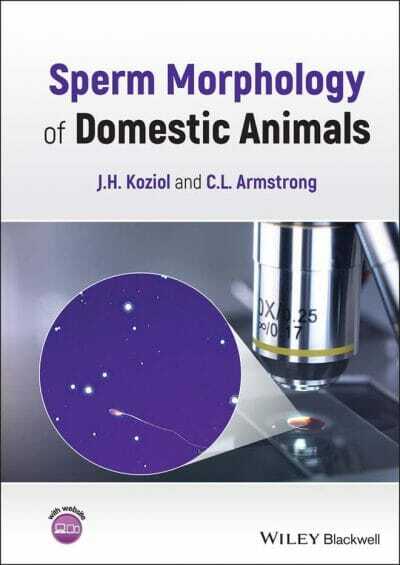

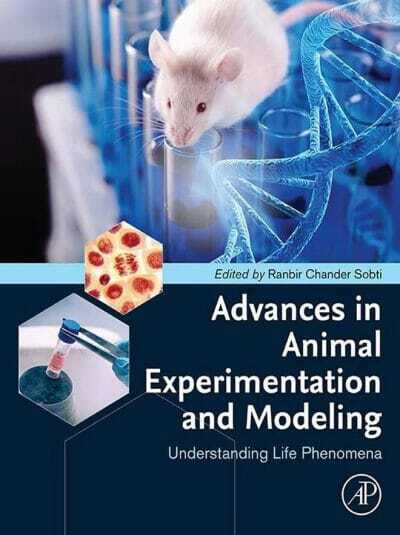
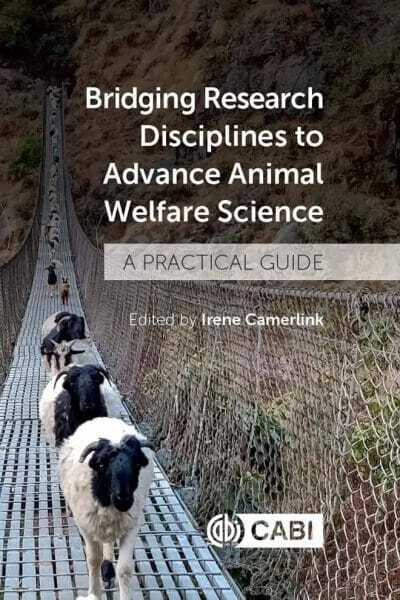
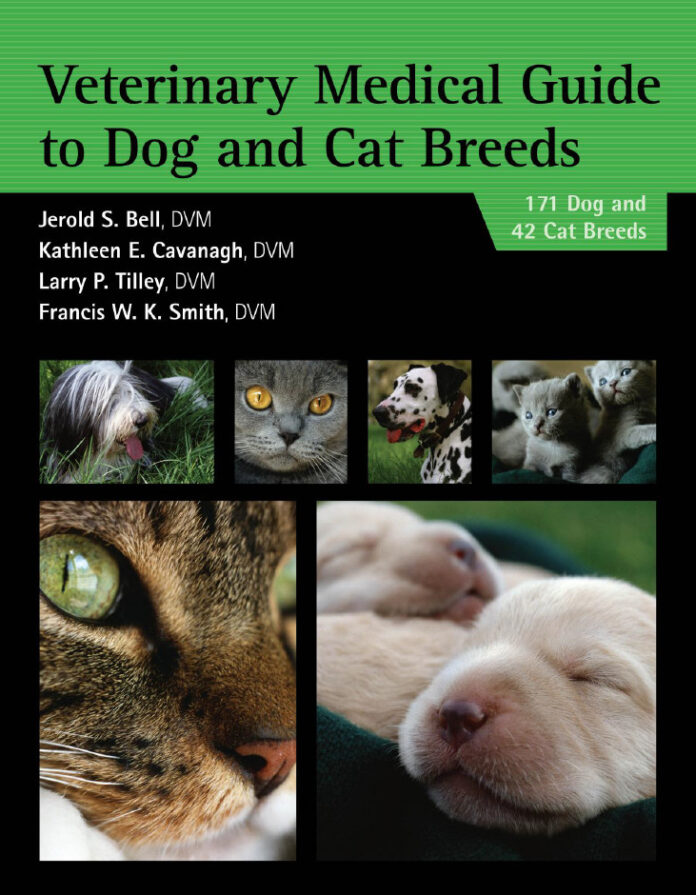

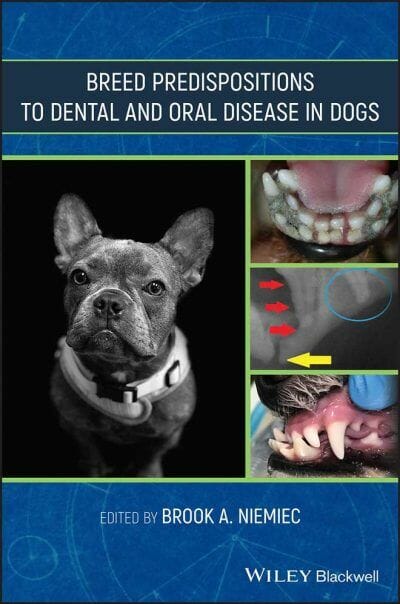
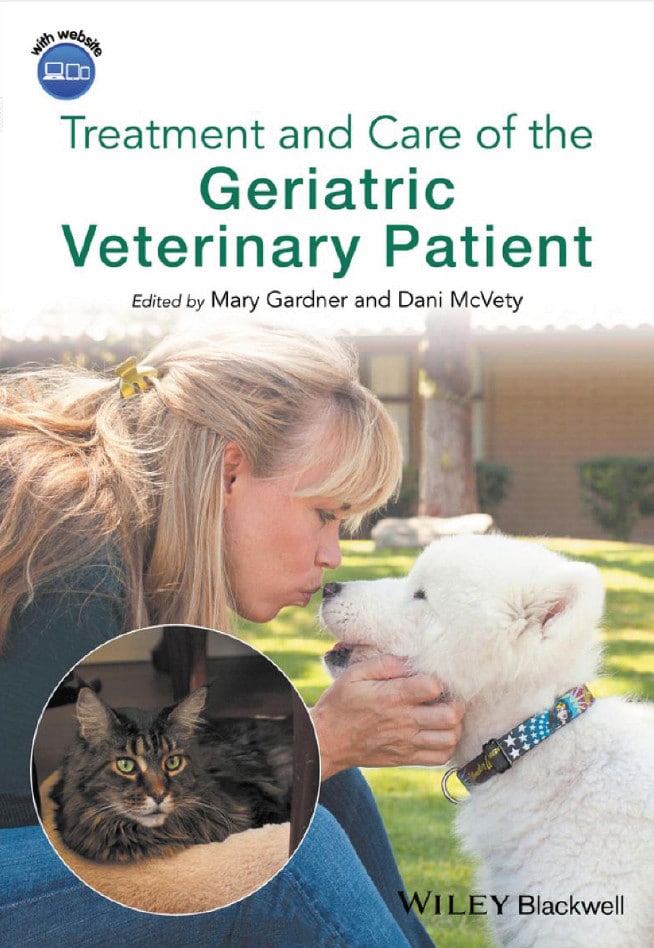

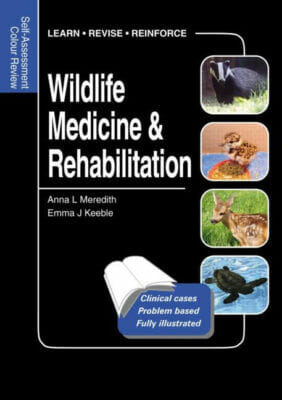
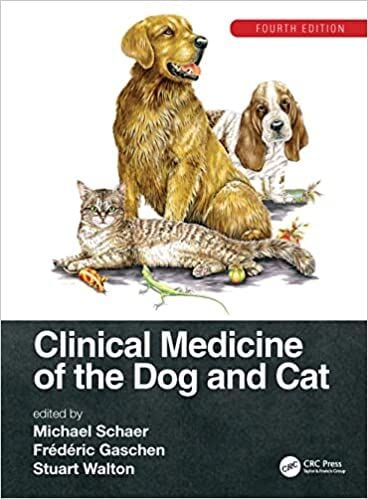
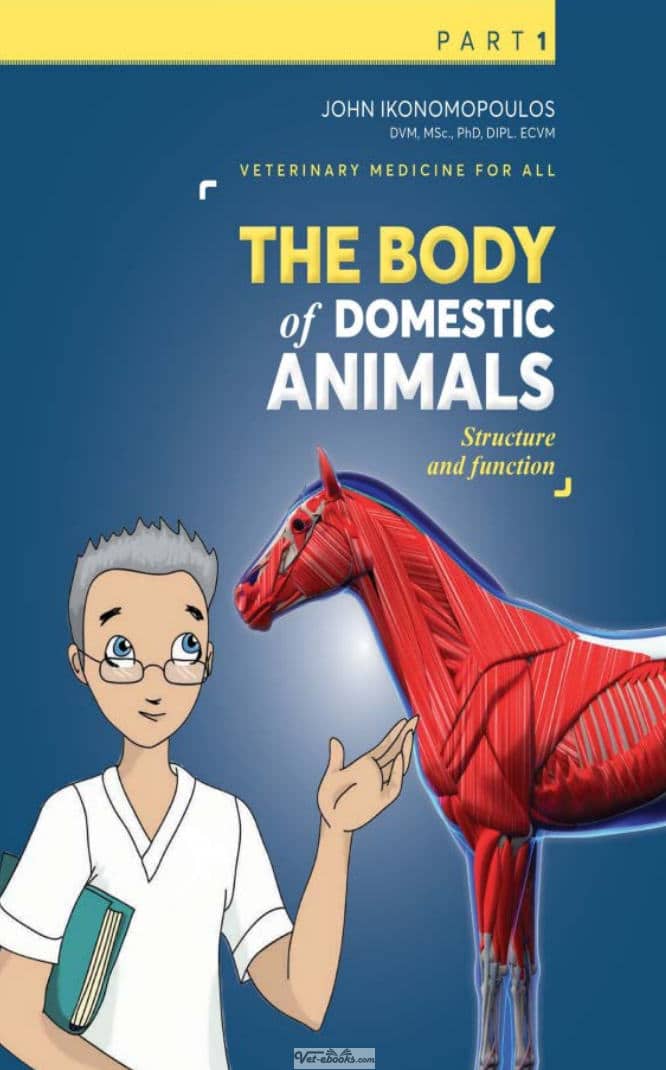
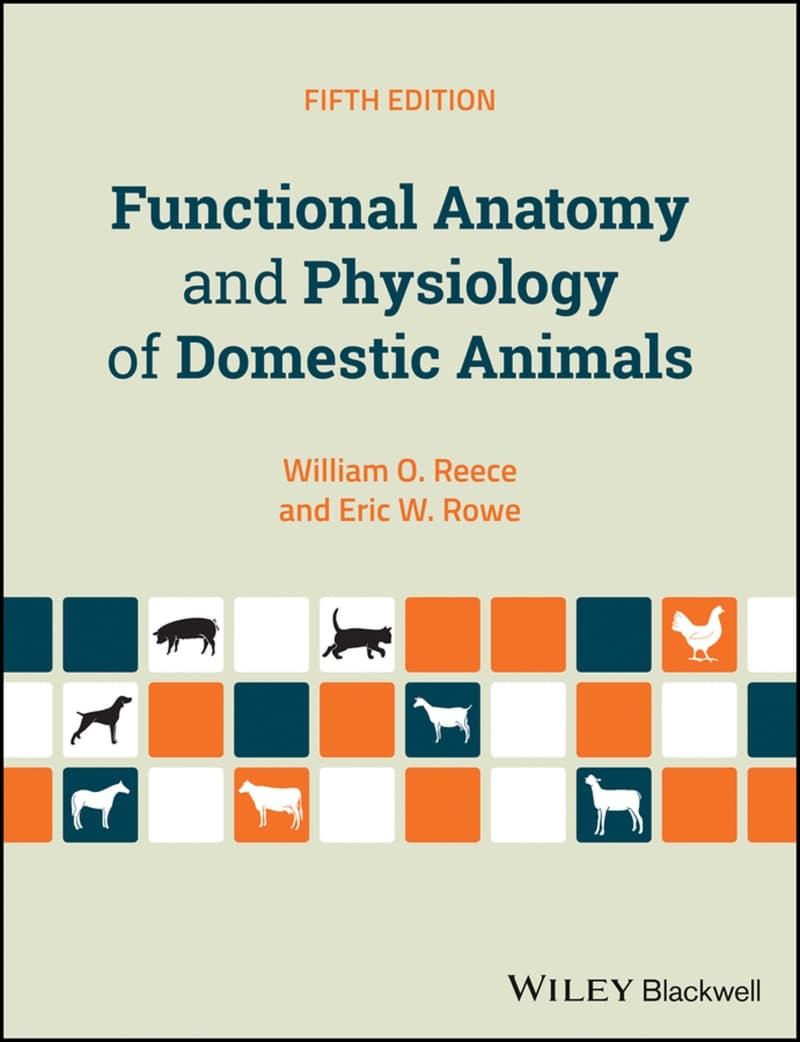

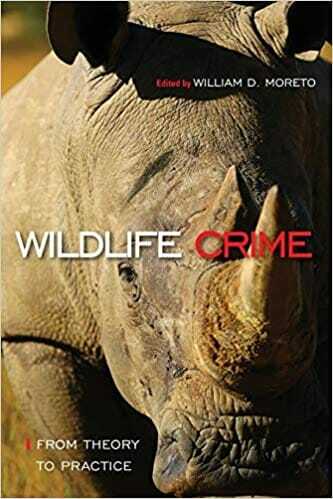

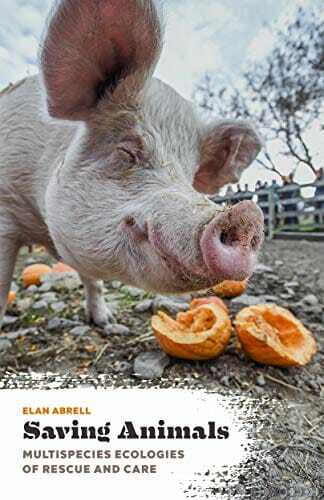




![Ettinger’s Textbook of Veterinary Internal Medicine 9th Edition [PDF+Videos] Ettinger’s Textbook of Veterinary Internal Medicine 9th Edition [True PDF+Videos]](https://www.vet-ebooks.com/wp-content/uploads/2024/10/ettingers-textbook-of-veterinary-internal-medicine-9th-edition-100x70.jpg)

![Textbook of Veterinary Diagnostic Radiology 8th Edition [PDF+Videos+Quizzes] Thrall’s Textbook of Veterinary Diagnostic Radiology, 8th edition PDF](https://www.vet-ebooks.com/wp-content/uploads/2019/09/textbook-of-veterinary-diagnostic-radiology-8th-edition-100x70.jpg)






